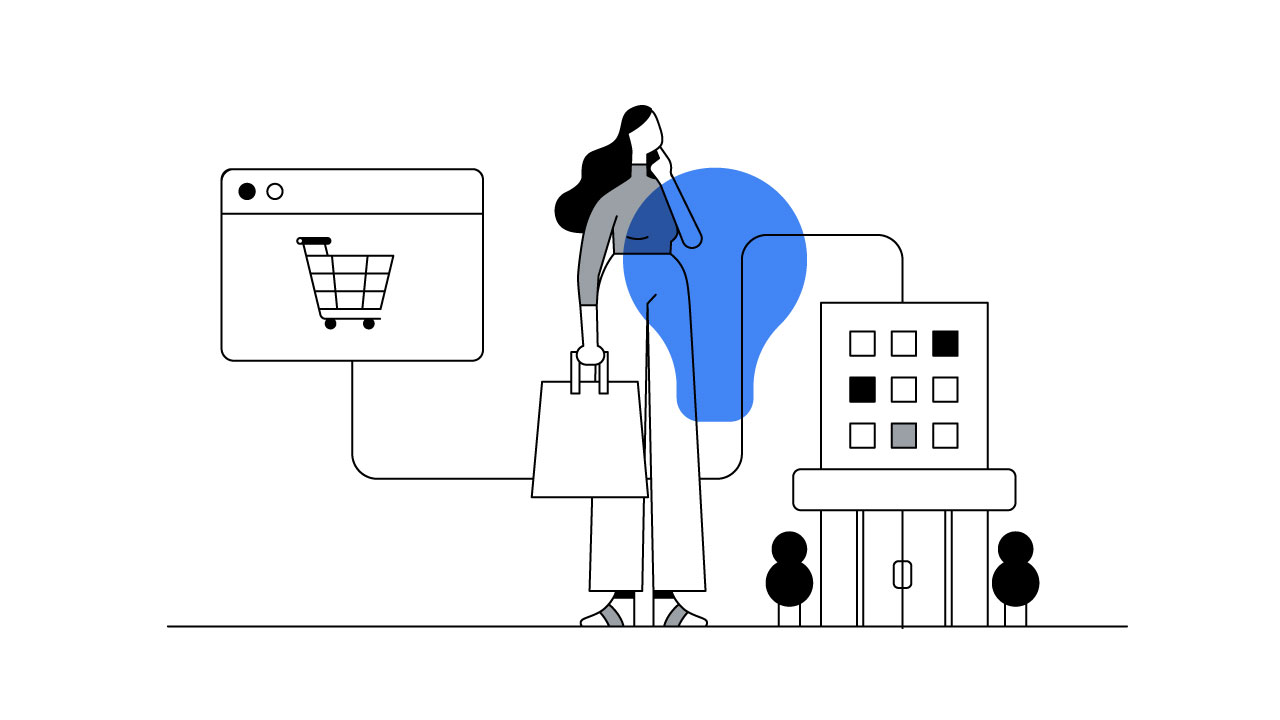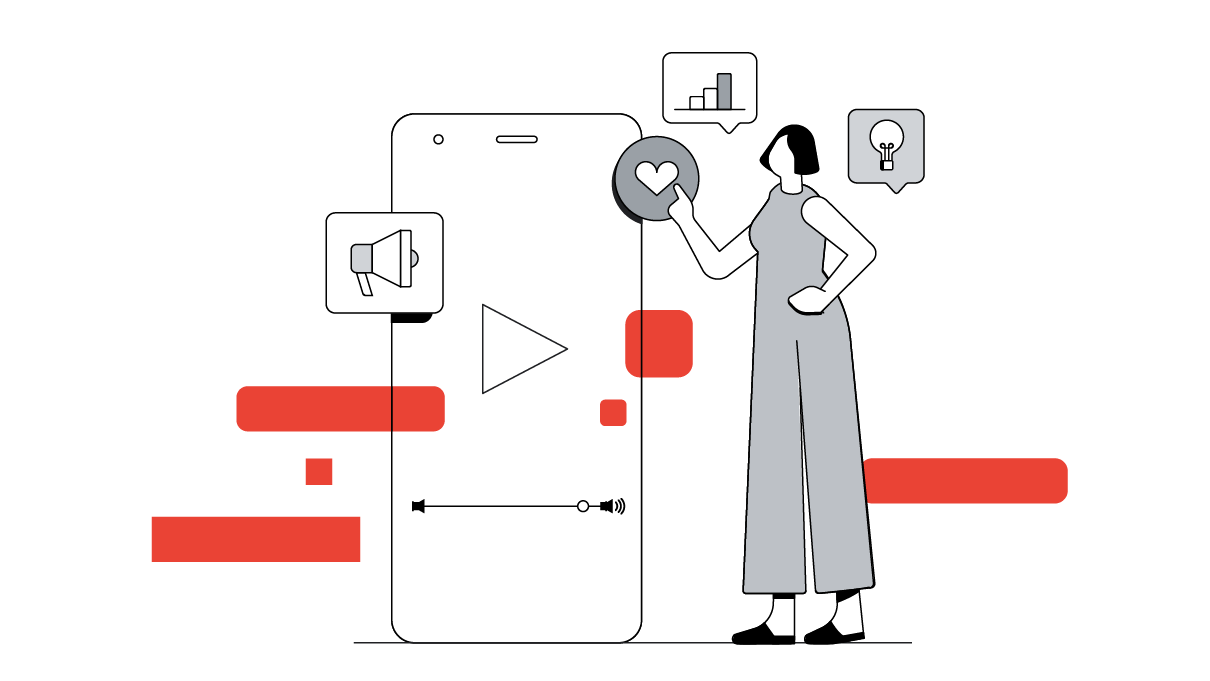2020 has been a year unlike any other. A pandemic that upended daily life and routines. Worldwide economic disruption. Universal uncertainty about exactly what comes next. We’re all traveling in truly uncharted territory.
In business and marketing, it’s not that the core challenge has changed: Deciding on the investments and steps needed to get your business ready to take action on your product, channel, or consumer strategy is still essential. Instead, it’s the traditional idea of what it means to be ready for what comes next — including the familiar playbooks and proven approaches so many businesses relied on in the past — that’s grown outdated, in the space of just a few months.
In the last six months alone, we’ve probably experienced 10 years’ worth of change.
The good news is that the twin challenges of profound disruption and uncertainty also present businesses with an opportunity to rethink readiness. To reimagine how to best meet consumer demand, even as it fluctuates, and even if it remains volatile. Today, businesses have more data and consumer signals, are better able to act on them, and can meet a higher standard for doing all of this more responsibly than ever before.
Research Google conducted in partnership with Deloitte found that Fortune 1000 board members believe marketing, in particular, can be an engine for business growth, if led by 21st century CMOs who embrace value-creating roles, such as Innovation Catalyst, Capability Builder, or Growth Driver.
Leveraging these advantages can do more than help you find and capture growth by meeting the demands of the moment. It can also provide you a significant business advantage and help equip your business with the agility and resilience needed to be ready for whatever comes next.
How do we know this? Because many of the most disruptive trends businesses face today — such as keeping up with rapidly shifting consumer demand; creating and maintaining reliable chains of supply and delivery; and making sound business decisions quickly enough to keep up with competition — aren’t really new at all.
In 2020, the pace of these and other prevailing trends accelerated so much that, in the last six months alone, we’ve probably experienced 10 years’ worth of change.
In that same brief span, we’ve seen businesses embrace digital transformation and thrive. What do I mean by digital transformation? It’s not just — or even primarily — about building a better e-commerce site (as important as that is). It’s about using data and technology to upscale your product and channel capabilities.
3 ways to digitally transform your business
1. Let data inform your new product strategy
With summer travel plans up in the air, consumers turned to their own outdoor spaces to give them an upgrade. In France, Piscines Desjoyaux, a family-run business with 165 retail locations that designs and manufactures swimming pools, reacted quickly to develop a new product line of DIY at-home pools to help with this increased demand for home improvement projects. Desjoyaux and Agence 79 used automation, account optimisation, and data to digitally transform their business and to tap into this new market, allowing them to increase their leads by +113% and sales by 20% year-on-year.
2. Alleviate uncertainty in your channel strategy
After spending more time at home during lockdown, people began to look at new ways to update their at-home environment. In the U.K., building supplies and home improvement retailer Toolstation pivoted quickly to adjust their channel strategy by promoting both online delivery and click-and-collect over walk-ins at their retail locations to offer their consumers the safest possible shopping experience. They adapted their Google Search and Shopping investments to prioritise these channels and keep up with increased demand.
3. Satisfy dynamic consumer demand
As consumer demand for electronics shifted over the course of the pandemic, businesses needed to stay on top of these changing needs. In Italy, electronics retailer MediaWorld doubled down on e-commerce. While all MediaWorld stores in Italy were closed due to the lockdown, they used insights from fastest growing categories in online consumer electronics: laptops, video games and consoles, and small kitchen appliances. This helped MediaWorld prioritise their product stock and ensured they could keep up with the changing demand.
Satisfying dynamic consumer demand is where today’s tools and technologies are best suited to helping businesses get ready for what’s next.
Meet customer needs with meaningful action, at scale
The pandemic has accelerated changes in consumer behaviour, including decision-making. Through our ‘Decoding Decisions’ research, we identified the ‘messy middle’. This is a space between trigger and purchase where decision-making is made complex by the huge amounts of choice and information available to today’s consumer. We have learned that the way people make decisions is messy — and it’s only getting messier.
Helping consumers navigate this complexity is important. As the examples above show, satisfying dynamic consumer demand is where today’s tools and technologies are best suited to helping businesses get ready for what’s next. By helping consumers meet their dynamically changing needs, you have an opportunity to make marketing an engine for growth. Doing so requires smarter automation that can turn data and signals into meaningful action, in real time, at scale.
So what’s the enduring lesson? The tools and insights available to marketers today uniquely equip you to be drivers of business growth and resilience. And in these ever-changing times, Google’s unwavering commitment is to help you get ready for whatever comes next.
For more tips on how to ensure your business is ready for the accelerated pace of change, check out and share our downloadable summary below.







